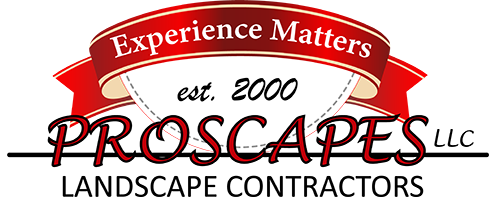What Is Rain Water Harvesting and Why It Is a Great Choice for Your Landscaping in the Madison, WI, Area
When making decisions about how to manage your landscaping, rain water harvesting may be a topic that is brought up. However, you might be left wondering what rain water harvesting is and how it will benefit your landscaping. There are many benefits to rain water harvesting that make it well worth the process. Here is why rain water harvesting could be a great choice for your landscaping in the Madison, WI, area.
Related: 5 Reasons Why a Landscaper May Recommend Rainwater Harvesting in Madison, WI
What Is Rain Water Harvesting?
Rain water harvesting involves collecting rain water in some form and utilizing it to water your landscaping either immediately or storing it for use at a later time.
This can involve creating ways within the landscape to more encourage rain water to accumulate and be absorbed into the soil. For instance, gutters can be designed in order to allow rain water to run into the areas of your landscaping where the water will be needed the most.
There are more complex ways to create gathering places for rain water as well. These may include pipes and irrigation systems that distribute rain water properly throughout the landscape. More detailed systems can help you to harvest more rain water if you want to deliberately save the water for future usage.
Why Rain Water Harvesting Is Good For Landscaping
Rain water harvesting may not have been your first thought when planning how to manage your landscaping, but there are many benefits that may have you thinking twice.
1. No Municipal Water Source Needed
If you decide to use rain water harvesting then you do not have to 100% rely on a municipal water source. You will be able to gather most and perhaps all of the water that you need for your landscaping through rain water. This will reduce your dependence on groundwater and can potentially save you money as you will not be paying to use the groundwater that you utilize for the water needs within your home.
2. Reduces Offsite Flooding and Erosion
By harvesting rain water, you can help to prevent offsite flooding and erosion, which could affect other areas of your property. The rain water will stay in the locations you have set up to catch the rain water and will not run off into other areas, which typically leads to flooding and erosion in times of high rainfall. Having systems set in place ahead of time to catch the rain water will potentially save you from the stress of dealing with flooding.
3. Reduction of Salt Accumulation in Soil
When salt accumulates in the soil, it can slow down and affect the growth of roots. This can potentially affect how your plants and trees grow in your landscape. Using rain water to provide hydration to your landscape can lead to healthier plants and trees that will potentially grow faster. This approach can also help to dilute any salt that has accumulated in the soil and flush that out.
Along with no salt in rain water, rain water can contain sulfur as well as other minerals that help plants and trees flourish. This is one reason why when it rains, you might notice your landscape looking bright and healthy.
Related: Include Sustainability in Your Cottage Grove, WI, Landscape Design
About the Author
With over two decades in business and maintaining an A+ rating by the Better Business Bureau the entire time, Proscapes LLC is a leading landscape company in the Madison, WI, area. As a Unilock Authorized Contractor, we are recognized as the best-of-the-best in our craft—earning numerous awards along the way.

